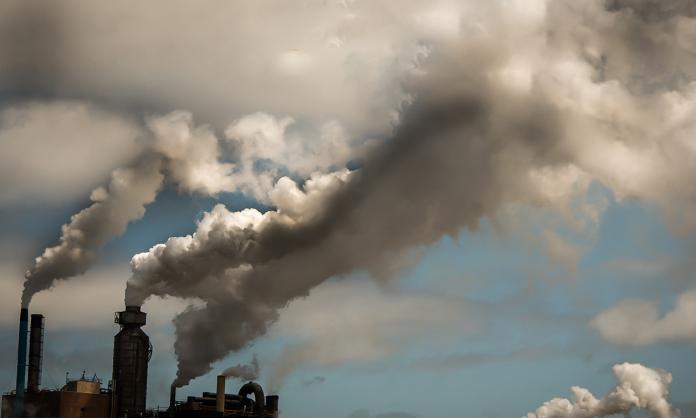In his victory speech on election night, Labor leader Anthony Albanese said that Australia “voted for change”. This is true, but people didn’t vote only for a change in government; they voted for more ambitious climate action. The 2022 Ipsos Climate Change Report, which polled people last month, found that 83 percent of Australians are concerned about climate change.
Yet the new Albanese government is offering more of the same with slightly greener trappings. Chris Bowen, likely the climate minister, under pressure from the “Green-slide” election result, has already declared that the ALP has no intention of going further than its lacklustre election promises. Bowen also reaffirmed Labor’s commitment to Woodside’s Scarborough gas pipeline in Western Australia, which will release 1.6 billion tonnes of carbon dioxide over the lifetime of the project.
It is still to be seen whether the Greens and teal crossbench will put much pressure on the Albanese government to change its approach. While we should remember and celebrate the popular support for addressing climate change coming out of this election, the politics of these forces limits the prospect of achieving real climate justice.
Teal independents were partly funded by Climate 200, a group founded by the son of Australia’s first billionaire and once prominent Liberal Party donor, Simon Holmes à Court. They offer more ambitious policies on climate, like a 60 percent emissions cut by 2030 (compared to Labor’s 45 percent target), ending fossil fuel subsidies, and funding renewable energy and “sustainable” businesses.
The teals are pro-capitalist, their politics guided by the economic concerns of businesses. Their “solution” to the climate crisis is to promote initiatives that put a green gloss over a system that exploits workers by enriching a different set of capitalists—the “green innovators” and renewables industry rather than the old fossil fuel barons.
“Green capitalism” is a fantasy dreamed up by the defenders of capitalism. The climate crisis is far beyond market solutions and tinkering around the edges of the system. To limit warming to 1.5 degrees, the United Nations Intergovernmental Panel on Climate Change in 2018 urged “rapid, far-reaching and unprecedented changes in all aspects of society”. It is not enough just to invest in green industries when what is needed is a radical restructuring of the economy.
Emissions should be brought down to net negative, not net zero—that is, we need to draw carbon out of the atmosphere. This needs to start immediately to avoid triggering tipping points and catastrophic warming. To achieve something like that means ending the extraction of fossil fuels, putting the energy industry under democratic control and restructuring agriculture, transport and many other industries.
There should be support for refugees having to flee their countries and people who have lost their homes because of climate change. This is not possible without challenging the wealth and power of the capitalist class, whose priorities will always be profit above the health of the environment and the working class.
The Greens go further than the teal independents, talking about wealth inequality and stopping new fossil fuel projects. But they are not building the kind of movement that could challenge the ruling class. Their strategy is centred almost entirely on electoral politics. The Greens is a party of professionals and career politicians, even if they are more progressive and engage in more grassroots-style campaigning.
The climate movement was at its strongest when there were millions of people protesting for climate action around the world. We need to rebuild that resistance from below if we are to stand any chance of creating the kind of change that people voted for in this election.








